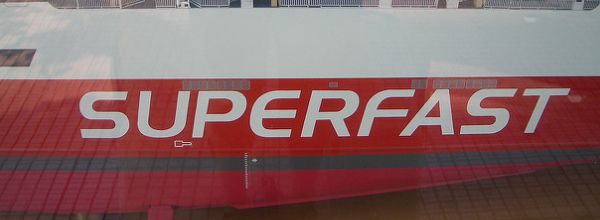Colocalization blues (and reds and greens)
Trying to find if and where two epitopes co-localize (or, to be more precise, where they are found in close proximity) may seem easy at first: 1) Bind your two epitopes with primary antibodies from two different species, 2) bind these primary antibodies with two secondary fluorescent antibodies, one green antibody and one red antibody and if you see yellow it’s co-localization, yes?
Well maybe
It depends on many things. Perhaps the most important of which is whether you are using a widefield or confocal microscope. With widefield microscopy you need to be extra careful because what you might think is co-localization can in fact be superimposed colors coming from different focal levels. If you use a confocal microscope things are much better, albeit with some caveats: images must be collected with the appropriate xy and z sampling rates (depending on your lens’s resolution), and you must view them as individual levels or as a 3-D reconstruction – not a collapsed stack. Beyond normal widefield or confocal microscopy, you can refine your co-localization studies even further by using super-resolution microscopy.
But if you need to do co-localization studies for two epitopes and you do not have access to a high-tech imaging setup, do not despair! You can do FRET or a proximity ligation assay (PLA).
You you choose to forgo the double immunofluorescence and opt for FRET (Förster resonance energy transfer) – a mechanism of energy transfer between two neighboring fluorophores. FRET is highly sensitive to minute changes in distance and an excellent way to detect close proximity of two epitopes.
Proximity ligation assay
PLA starts just like any other immunofluorescence double labeling:
First, the sample is incubated with a mixture of two antibodies, raised in two different species, one for each of the two epitopes of interest. After that is where the fun begins:
Second, you incubate your sample with two secondary antibodies, not labeled with anything shiny, but instead coupled to oligonucleotides. These oligo-antibody complexes are called “proximity probes”.
Third, you add a connector oligonucleotide. If two proximity probes are found in close proximity to each other – as would be the case for two different epitopes on the same protein or two proteins in the same complex – then these linear connector oligonucleotides, via enzymatic ligation, form a circular structure coupling the antibodies to each other.
Fourth, this circle is amplified via “rolling circle amplification” (RCA) – an isothermal enzymatic process where a short primer is amplified to form a long single strand using a circular DNA template and a special polymerase. This step serves to amplify the signal by 1000-fold by creating a concatemer containing tens to hundreds of tandem repeats that are complementary to the original circular template.
Finally, a fluorescently-labeled probe is hybridized to the amplified sequence allowing visualization of this amplified tag designating the co-localization of your two epitopes. The resulting signal is bright fluorescent spots, each representing the position of one ligation event.
Advantages of PLA
- Since in PLA, unlike traditional co-localization methods, there are no two colors to co-localize you do not have to fuss in finding (and defining) this co-localization.
- Getting a good negative control is a snap, as omission of one of the primary antibodies abolishes any co-localization events and thus any signal.
- PLA spots can be easily counted (using Image J or some other appropriate software) meaning with PLA you can quantitatively compare co-localization events between samples. However keep in mind that both intermolecular and intramolecular PLA signals have been shown to reach saturation at high expression levels. These data imply that PLA is, strictly speaking, a semiquantitative measure of protein co-localization. On the other hand, FRET signal always exhibits a linear correlation with the expression levels of proteins.
So what type of ‘scope should you use?
If you use PLA you are just looking at dots and not color coincidence in the same pixels, therefore, you do not need a confocal to use PLA. Having said that, using a widefield microscope is only realistic when the co-localization dots are sparse enough to avoid overlap of signal from different levels, which would lead to miscalculation.
All in all, PLA is a highly sensitive and highly specific technique that you can use to get quantitative or semiquantitative results on co-localization studies, without having an expensive or highly specialized imaging setup.







